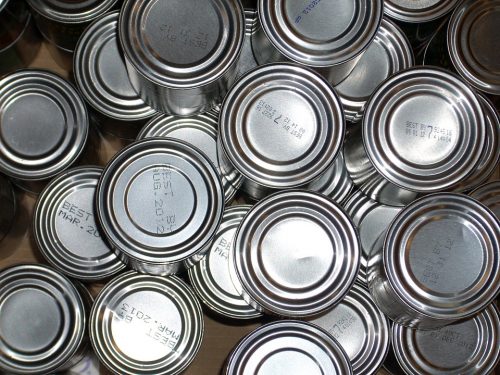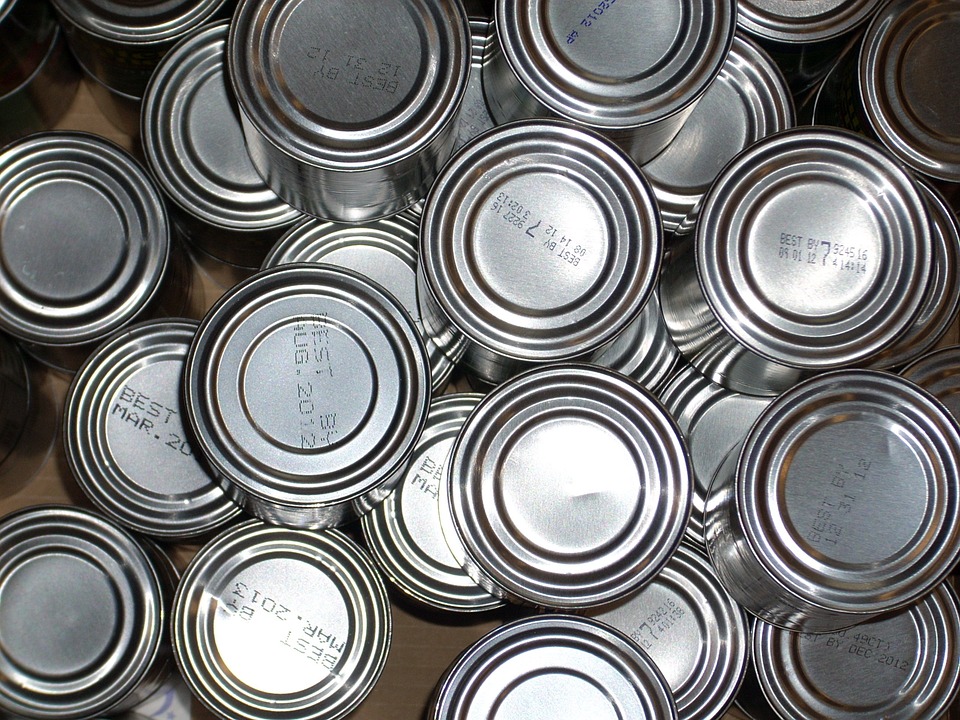This is the season for canning! As we gather our harvests for the year to store for winter, it’s important to note the few dangers of canning so we can keep ourselves and families safe and healthy.
Canning is simple, but it can come with some dangers too. If you are new to canning, make sure you take these things into consideration. Do your research and read up on canning before you take on this hobby so you can adequately prepare yourself with the information you might need.
To follow a great step-by-step canning class go here. But read this piece to realize why you absolutely must do everything correctly.
BOTULISM
Botulism is a rare but serious food poisoning illness and is caused by the Clostridium botulinum bacteria. It is found in canned foods that have not been sealed properly. This bacteria produces a toxin in canned goods that attacks the nervous system and can cause paralysis and even death. This bacteria is the reason many preppers are rightly concerned with canning, and it is not something you will want to play around with.
Pressure canning is the best way to prevent botulism, as water bath canning often doesn’t produce high enough temperatures to kill all of the bacteria.
CONTAMINATED TOOLS
By creating a sterile canning environment, you can help lessen the chances of foodborne illness. Make sure all your tools and cans/jars are as clean as possible. The best way to sterilize jars is to place them in boiling water for at least 10 minutes. Placing them in a warm oven during the canning process will help keep the jars warm and won’t compromise their sterile condition. Sterilize lids and rings in boiling water as well.
USING OLD LIDS
While you should still sterilize your new lids AND replace them every year. The rings and cans can be reused and sterilized many times, however, if you reuse lids, you could be using a top that doesn’t seal properly, which can ruin your canned food. A bad seal also invites bacteria and toxins to enter your food, which could make you sick as I mentioned before. Mark the lids with a date and what is in the jar so you know not to reuse them for canning.
NOT DOING AN INSPECTION
Make sure you check every single jar of canned food once it’s cooled off. If the jar lid can move at all when you apply pressure, it isn’t sealed properly and will not store safely. Before opening a can or a jar, make sure the lid is still sealed and you hear a “pop” indicating the suction has broken. You should also check that the lid is still unmoving before listening for a pop. Inspect the top of your canned food and look for any odd-looking liquid or foam. If you notice any discolored, moldy, or stinky food, DO NOT EAT IT.
By being aware of a few things that could cause potential illness, those who choose to can may rest more easily. Trust your gut instincts too. If something doesn’t seem right, don’t eat the food. Safety should come first.

Courtesy of SHTFplan and Mac Slavo.
